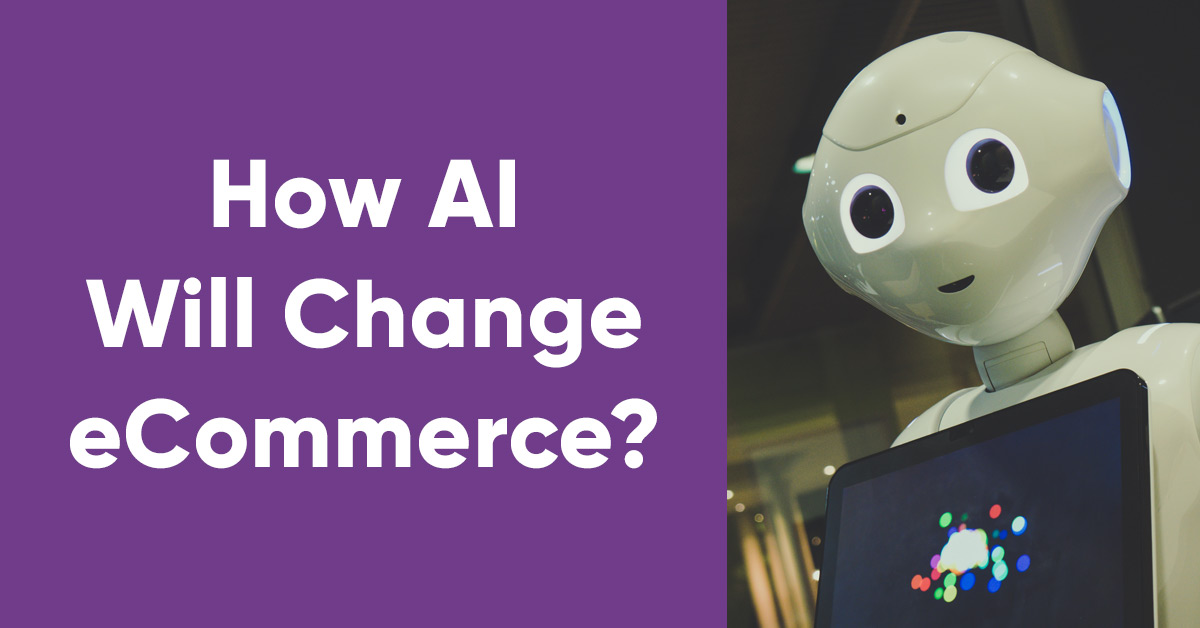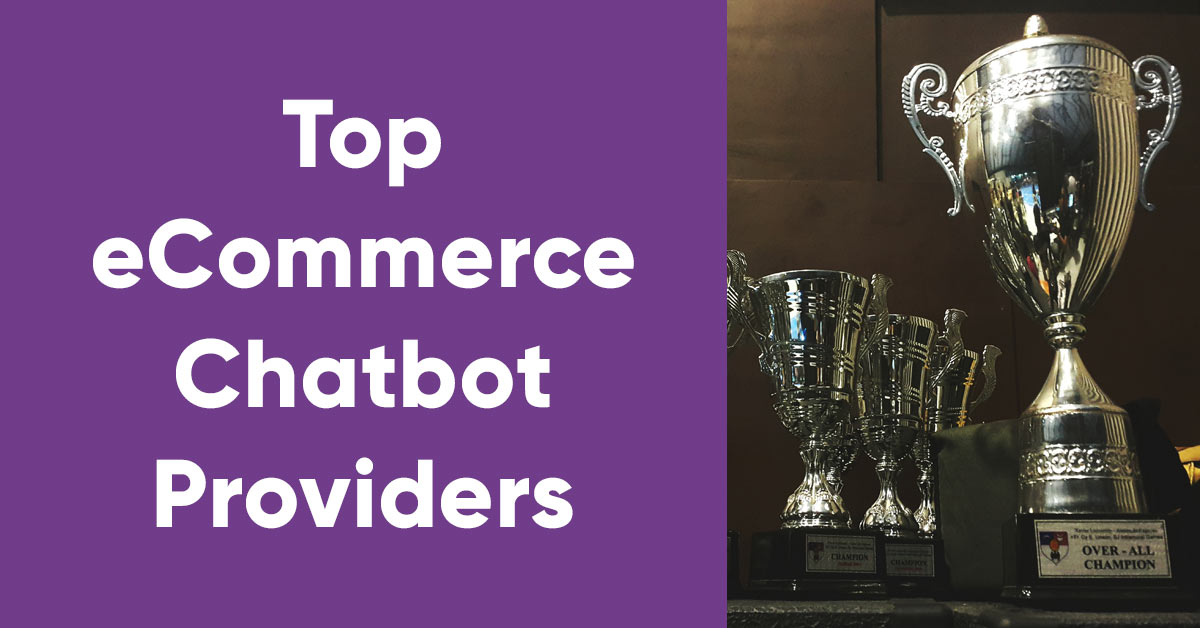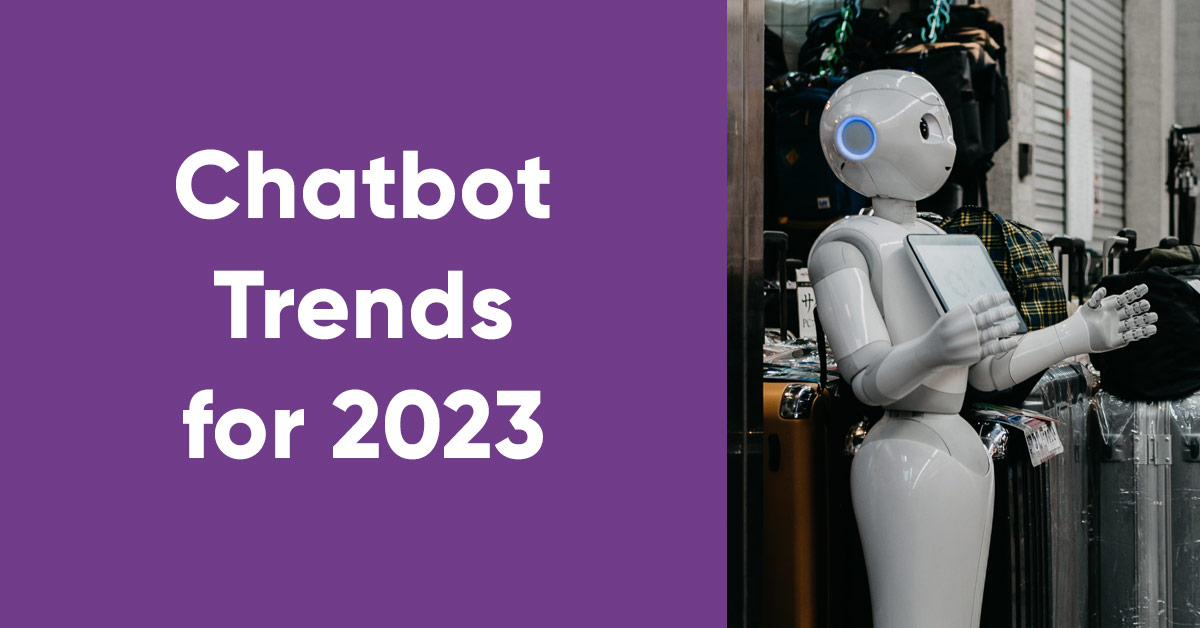
Artificial intelligence was everywhere as 2023 dawned. According to Gartner, the number of businesses adopting artificial intelligence has grown by 270% in the last four years, and with giants like Google and Microsoft betting heavily on new AI initiatives and other key players like Meta and IBM turning their focus toward developing AI as a new source of business, it’s a trend that shows no signs of slowing down.
The relatively low cost of AI implementation means that the technology has spread to every major industry on the planet, with hundreds of unique implementations and use cases – and eCommerce is no exception. We’ve put together a list of 10 areas where AI has the ability to be a game-changer in eCommerce, including:
Read on for more details about what AI can do in each of these areas.
Compared to the traditional purchasing approach (where the procurement team is focused only on cost savings) procurement departments that use AI have a broader and wider vision. New advances in computing power give organizations massive and immediate insight into data sources like contracts, invoices, and rate tables, while also adding value by training algorithms to detect patterns in spending.
This removes the time-consuming work of repetitively classifying new spending and allows eCommerce procurement teams to immediately locate suppliers who can provide the highest quality products and services at the best price.
When it comes to eCommerce inventory management, the key is making sure the inventory is in place before customers even order it. This requires extreme precision in forecasting, and AI is already coming to the rescue by helping businesses accurately analyze consumer demand for specific fashion or lifestyle products.
AI can react to changing trends, account for seasonal shifts, and consider regional preferences when it stocks inventory. By studying millions of purchases in nanoseconds, algorithms can accurately tell whether an item will be flying off the shelf or taking up space in a warehouse.
This means that eCommerce businesses can get ahead of the game and keep the supply chain moving by ordering based on demand instead of stocking inventory according to predictions. The result? Better inventory management, increased customer satisfaction, and lower expenses.
As 2023 progresses, AI is paving the way for efficiency and transparency throughout the supply chain, particularly in order processing and fulfillment. AI’s ability to digest enormous amounts of data and provide insights that improve processes and strategies makes it a perfect fit in a warehouse setting.
AI makes it possible to augment robotic automation for warehouse operations and inventory management through real-time analytics, including insights enabled by augmented reality technology.
What’s more, by connecting devices and warehouse management systems to collect data with touchpoints in all aspects of the supply chain, eCommerce businesses can gain deep insights and make fulfillment decisions through information rather than intuition.
Getting payment processing and fraud prevention right requires balance and precision. AI can significantly improve fraud prevention in eCommerce by analyzing enormous amounts of data and detecting patterns that may indicate fraudulent activity.
AI-based fraud detection systems can adapt and make nuanced decisions as new behavior patterns emerge in shoppers. The larger the dataset, the more insight a business has into customer preferences and behavior, and AI’s capacity to interpret large datasets lets businesses tell immediately whether an out-of-character purchase by a longtime customer is normal behavior or a cause for concern. Algorithms can even automatically reject a transaction if the available data indicates that it may be fraudulent.
Even with improved capabilities, detection is only half the battle. Fraud prevention requires an immediate response, and automating processes through the use of AI models enables immediate, 24/7 responses and easier coordination with financial institutions and law enforcement.
The post-pandemic supply chain of 2023 is extensive and complex, and demand and expectations are both at all-time highs. eCommerce customers are accustomed to having something delivered to their doorstep just a day or two after placing an order.
AI-delivered insights can help minimize disruptions throughout the supply chain and even stay ahead of those disruptions entirely. Businesses can recognize and divert shipments around routes affected by road construction to alternate locations or even use AI to predict delivery ETAs and automatically notify customers if their shipment will be delayed.
In addition, AI eliminates and automates many menial and manual logistics tasks, freeing people for more strategic decisions. Fewer issues and inefficiencies reduce costs for shippers, improve the customer experience, and build trust.
AI is poised to revolutionize the way eCommerce businesses provide service and support to customers, enhancing the customer experience and driving a higher return on investment. It’s already being used to power chatbots (like the ones we’re in the process of perfecting at PerfectBot), making them better able to understand and interact with humans.
Deep learning algorithms can help chatbots learn a customer’s preferences and needs and provide relevant product suggestions based on their past purchases and browsing history, which helps customers discover new products and saves them time by presenting options they might actually be interested in.
In fashion, AI is already at work tailoring virtual product try-ons and demos to individual consumers and even providing personalized styling recommendations. For example, Paris-based Veesual enables virtual try-on integration for eCommerce fashion brands, letting customers choose a model and pick the clothes they want to try on.
Marketing and advertising are also on the list of eCommerce business sectors being shaken up by AI, as new technologies are already enhancing the relevance of marketing messages and driving increased customer engagement.
Generative AI can rapidly brainstorm campaign strategies, create product campaign content, and even build virtual avatars for multiple marketing channels. It can also recognize patterns and trends in viral social media content and create new content that follows detailed specifications.
When it comes to advertising, a personalized AI solution can help advertisers communicate with customers in real time, making it easier to build personal connections, improve the brand-customer relationship, and create an all-around better shopping experience.
The latest generation of AI-powered tools can help eCommerce businesses create effective, personalized, and engaging content. AI can help develop product descriptions as well as useful content for social media, while determining which social media posts have the highest engagement, screening the ideas an audience anticipates, and generating topic ideas based on their interests.
Generative AI can recognize patterns and trends in viral content and create new content that also follows specifications. This can help in-house marketing teams manage their workloads and reduce the amount of work they need to outsource to creative agencies.
AI can also take care of meta descriptions, image alt tags, and article backlinks, all of which result in content being fully SEO optimized and positively affecting performance. Not only that, AI tools can help identify poor-performing content and suggest why certain articles or posts are not performing well. They can then steer content teams in the right direction and allow them to further target and optimize content.
Traditional eCommerce data management techniques are time-consuming and prone to mistakes, especially when large datasets are involved. AI algorithms, on the other hand, can analyze data at a much faster rate, making it possible to derive immediate insights.
A key advantage of AI in data management that has a special relevance for eCommerce is its ability to help businesses to identify patterns and trends in their data that may not be obvious to humans working alone. An AI system, for example, might be able to identify trends in customer behavior that can be used to improve marketing campaigns or product design.
AI can also help businesses improve their data governance practices. By automating data management tasks like data quality checks and data security, eCommerce businesses can make sure that their data is accurate, consistent, and secure, reducing the risk of mistakes and data breaches and improving customer trust.
Excess inventory costs businesses hundreds of millions of dollars every year. For eCommerce retailers, the easiest way to combat this waste is to use new AI technologies that help customers get the product variety and information they want. Allowing customers to make more informed decisions and feel more confident in their purchases decreases return rates. Customers will be less likely to engage in wasteful behavior, such as buying multiple pairs of shoes only to return most of them and keep the ones that fit the best.
Machine learning models trained on a data set of customer preferences, body shapes, product views, and more can even predict per-customer return probability prior to purchase. And if returns can’t be avoided and a business needs to allocate a carrier for pickup, the information regarding suitable carriers can be programmed into the database of the business and automation can help allocate carriers quickly and automatically.
If there’s a unifying thread to the ten areas we’ve just looked at, it’s the idea of automating tasks that were previously time consuming and labor intensive, freeing up eCommerce businesses to use their precious resources where they’re more urgently needed.
AI Chatbots are the most immediately visible and effective means of doing so, and we’re confident that none of our competitors can build a better ready-to-use eCommerce chatbot for the money than we do. We’re so confident, in fact, that we offer a free trial. Get in touch with us and get started on the road to higher productivity, more satisfied customers, and increased revenue.

With hundreds of chatbot providers in the market and many more expected to be released by the end of the year due to the hype surrounding ChatGPT, eCommerce retailers face a hard task in choosing the right chatbot for their needs.
Read more

According to Business Insider, the chatbot market will nearly quadruple by 2024, growing from $2.6 billion to $9.4 billion at a CAGR of 29.7%. Read on to see 7 top trends that we at PerfectBot believe will shape the chatbot universe this year.
Read more
Chatbot tailored for
eCommerce customer service
The highest
resolution rate
Ready
in 1 day